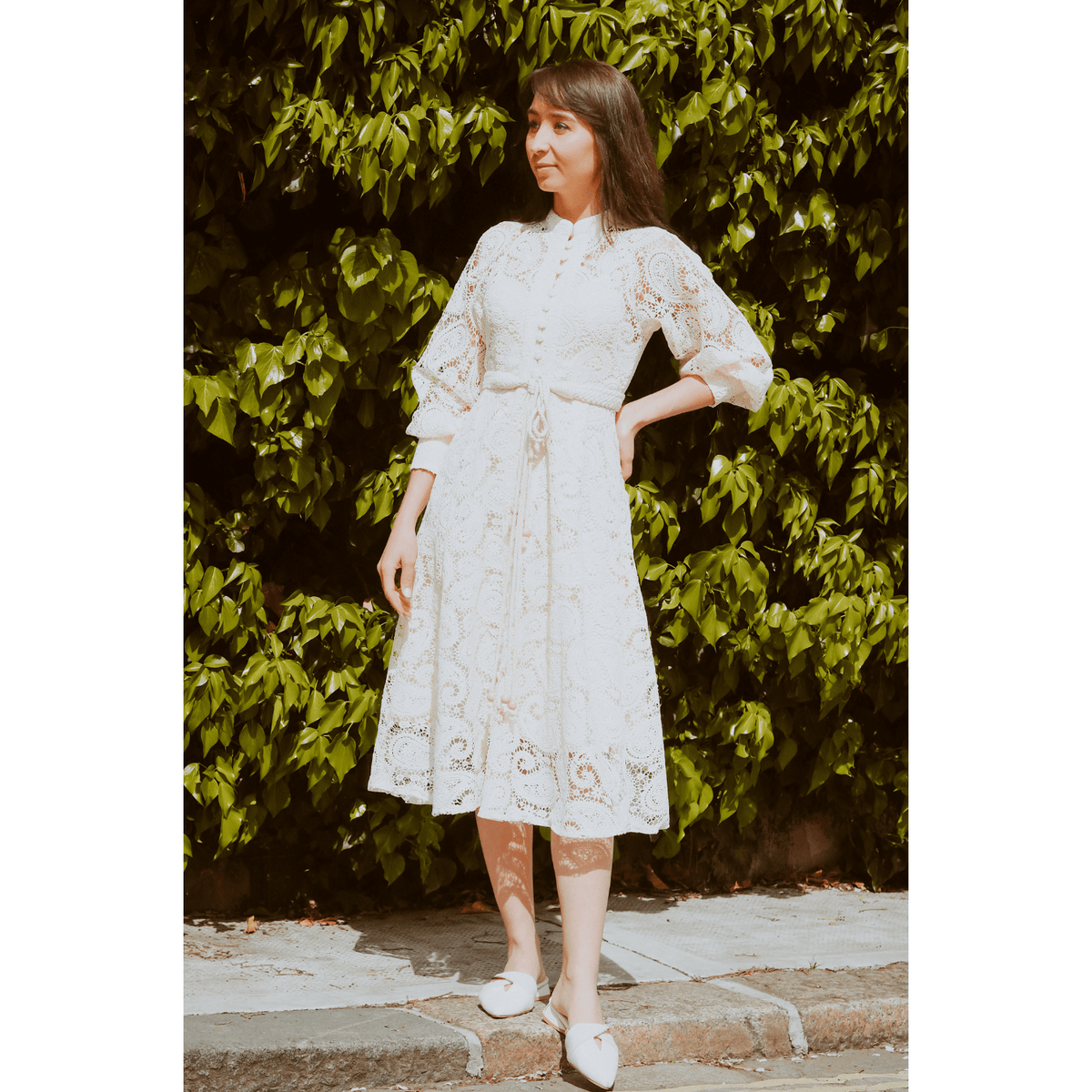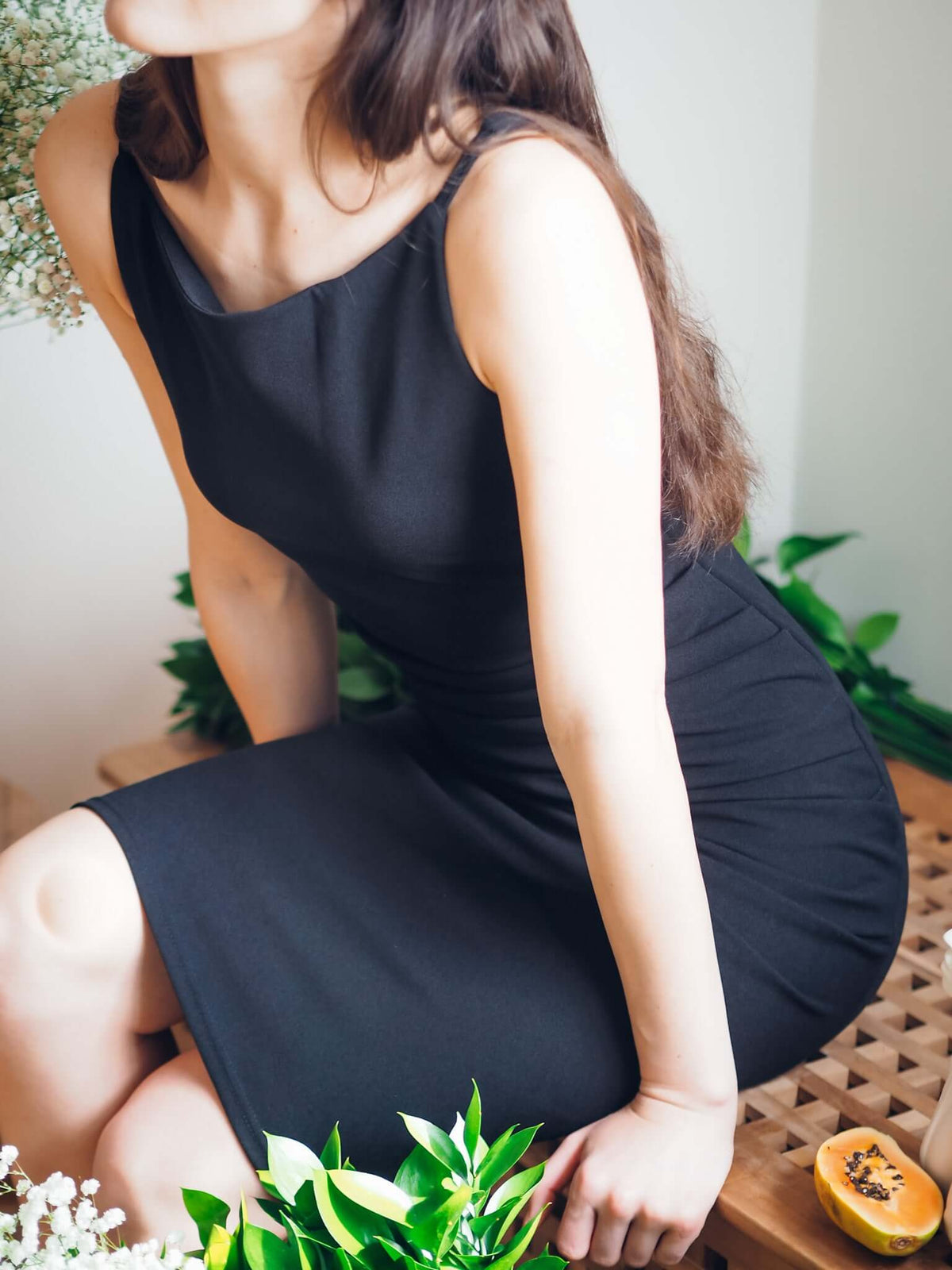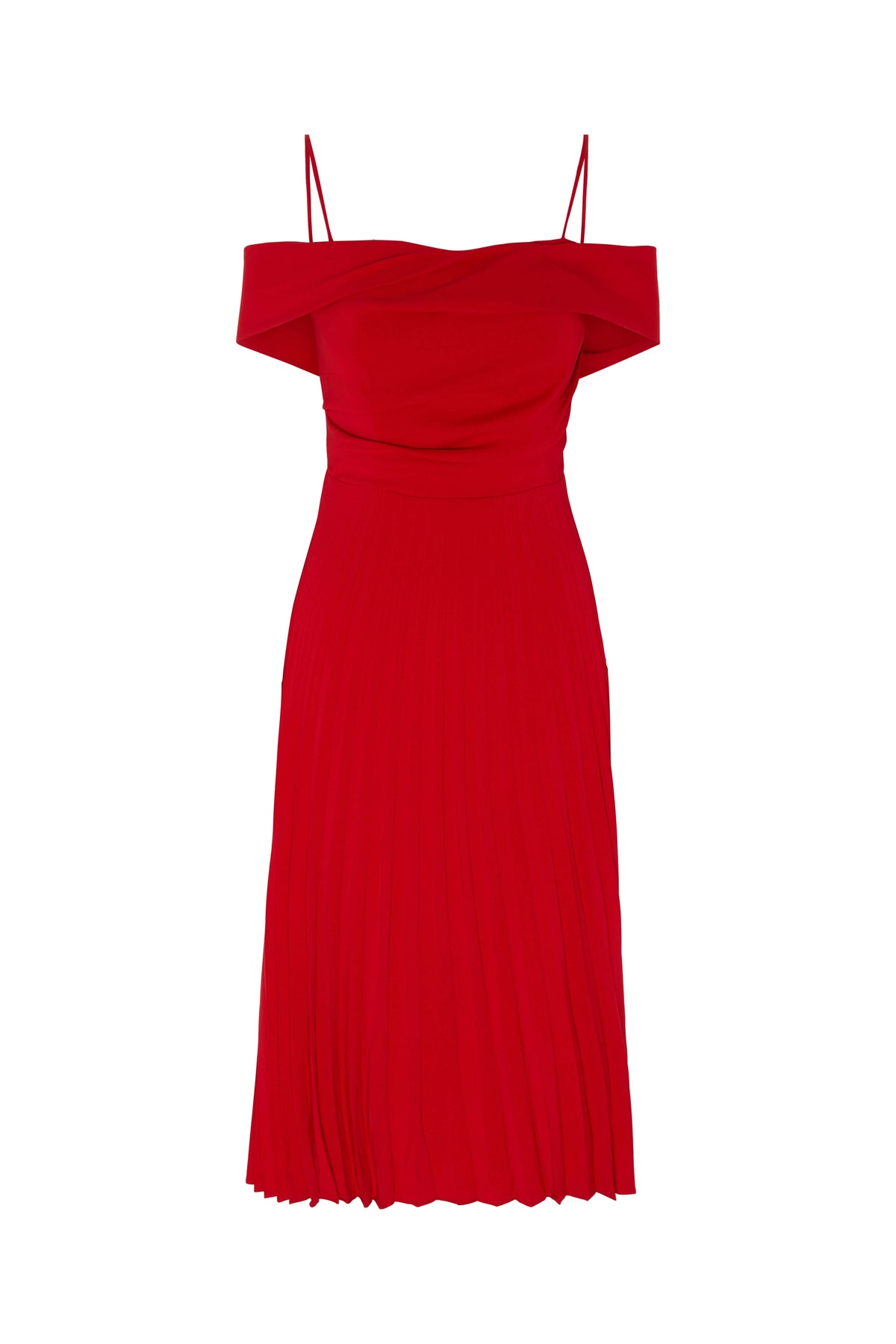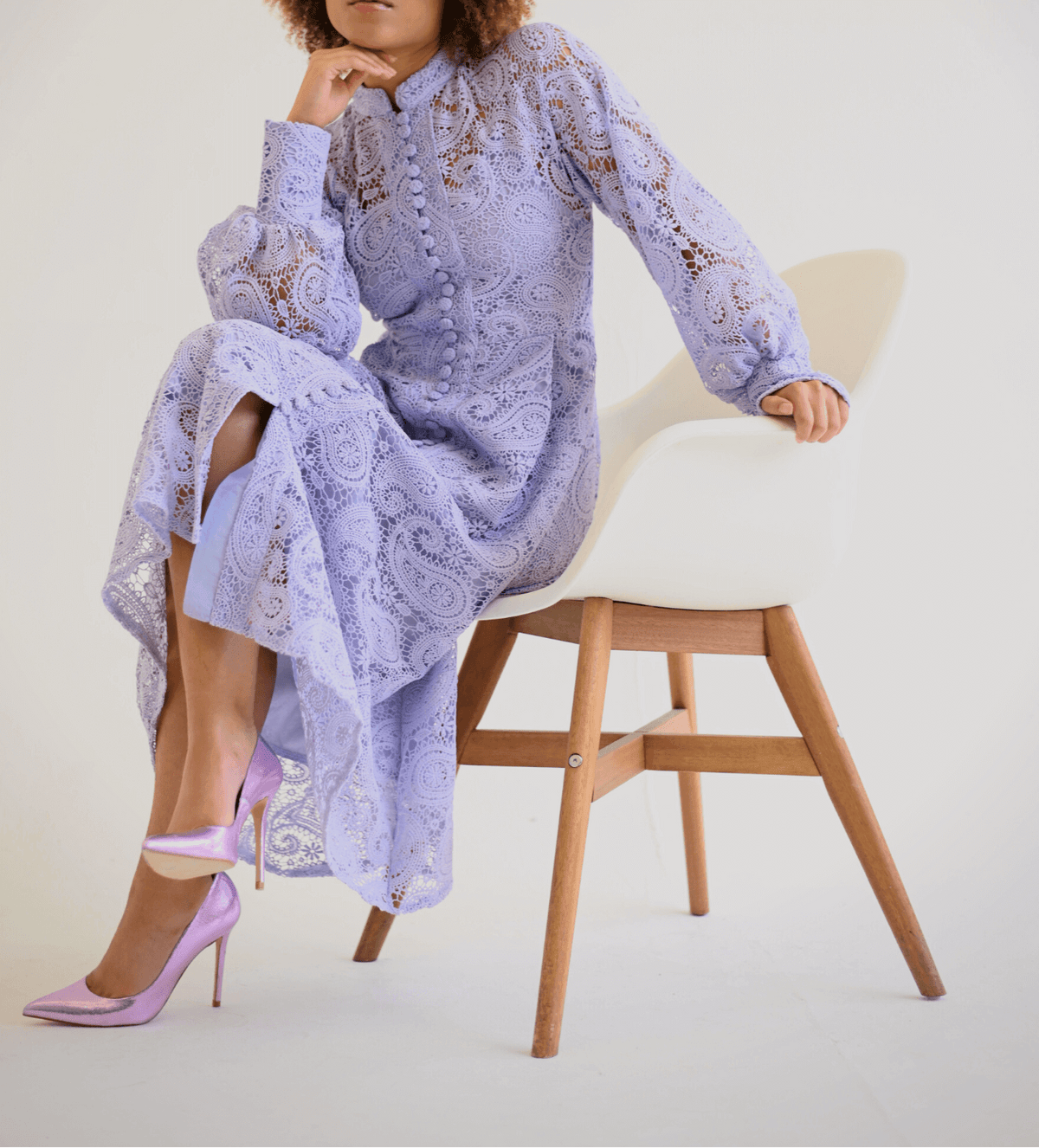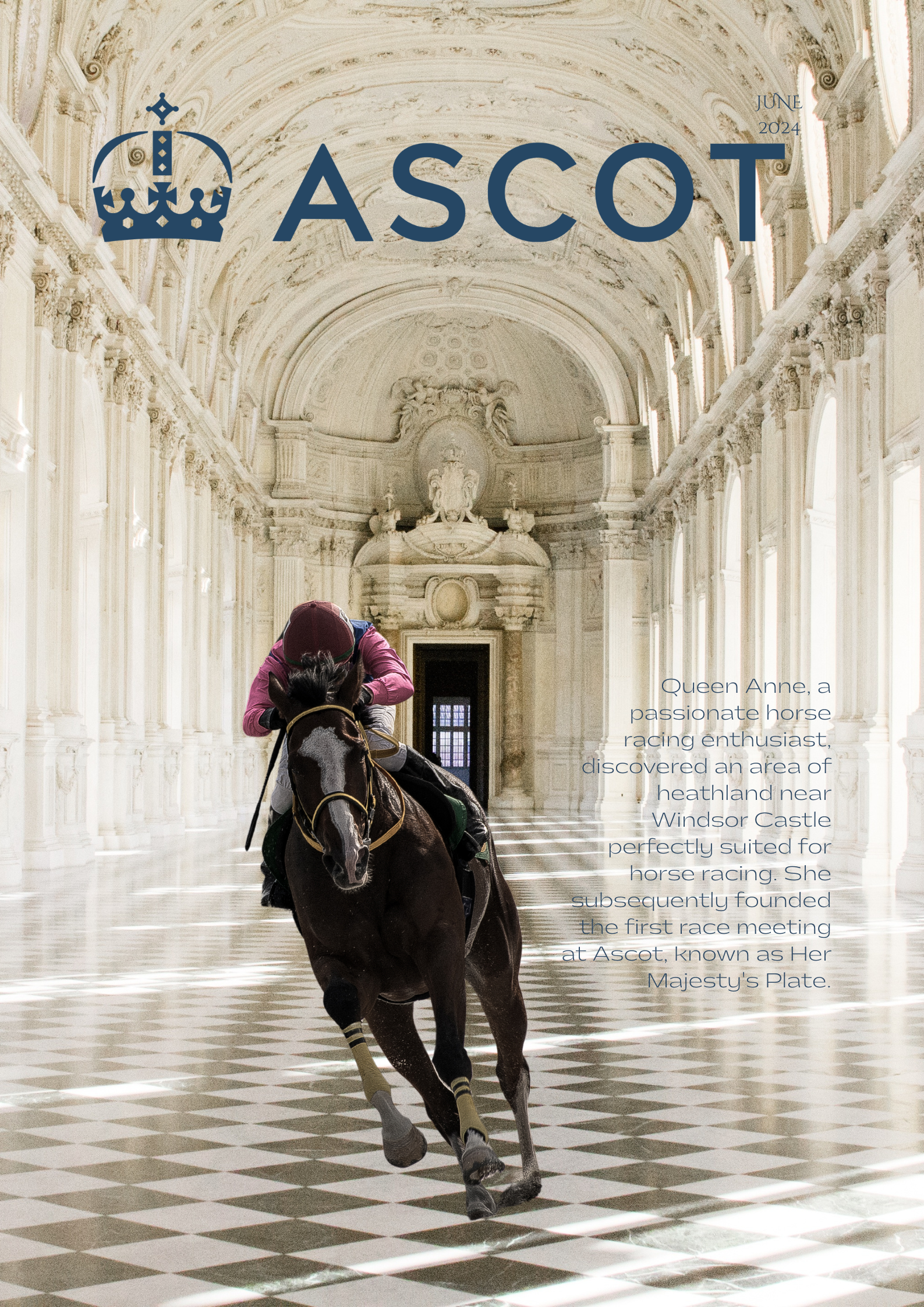With less than 50 days to go until Britain's most prestigious horse racing event, excitement is building as Royal Ascot prepares to showcase the future champions of the turf. The recent Royal Ascot Trials Day provided a tantalizing glimpse of what's to come, with thrilling performances setting the stage for an unforgettable week of racing from Tuesday 18th to Saturday 22nd June.
The History
The Royal Ascot is steeped in history, dating back over 300 years to its origins in the early 18th century. The event traces its roots to 1711 when Queen Anne, a passionate horse racing enthusiast, discovered an area of heathland near Windsor Castle perfectly suited for horse racing. She subsequently founded the first race meeting at Ascot, known as Her Majesty's Plate.
In 1807, the first four-day meeting was held, establishing the format that continues to this day. The event gained further prominence in 1825 when King George IV granted the meeting its Royal status, officially designating it as the Royal Ascot.
Throughout the 19th century, Royal Ascot grew in popularity, attracting the aristocracy and high society. The event became not only a showcase for the finest thoroughbred racing but also a social event of the highest order, with attendees donning their most extravagant attire and showcasing the latest fashions.
The Prize
This year, Royal Ascot boasts a record-breaking £10 million in prize money, with each of the eight Group 1 races offering a minimum purse of £650,000. Among the highlights is the Queen Elizabeth II Jubilee Stakes, for which Chain Of Lightning is being targeted—a race that her co-trainer Peter Moody knows well, having tasted success with Black Caviar in 2012.
The Attire
Traditionally, ladies attending Royal Ascot are expected to adhere to a strict dress code that reflects the event's elegance and sophistication. The guidelines for ladies' attire are as follows:
-Dresses and skirts: Dresses and skirts should be of modest length, falling just above the knee or longer. Strapless, off-the-shoulder, halter neck, and spaghetti straps are not permitted. Dresses with straps or sleeves are preferred.-Headpieces: A headpiece or hat is a must for ladies attending Royal Ascot. Fascinators are allowed but should have a base of at least 4 inches (10 cm) in diameter. Headpieces featuring feathers, flowers, or other decorative elements are encouraged.
-Trouser suits: Trouser suits are welcome but should be full-length and of matching material and color. They should be worn with a top or blouse that adheres to the dress code guidelines.
-Jumpsuits: Jumpsuits are permitted, provided they adhere to the same guidelines as dresses and skirts regarding length and coverage.
-Modesty and elegance: Overall, the emphasis is on modesty and elegance. Avoid overly revealing or casual attire, such as jeans, shorts, strapless tops, or beachwear.
For those in the Queen Anne Enclosure and Windsor Enclosure, the dress code is more relaxed, but smart attire is still encouraged.
The Headwear
The ladies' headwear guidelines for Royal Ascot are an integral part of the event's tradition and elegance. Here are the key points to keep in mind when selecting headwear for Royal Ascot:
-Hats or headpieces: Ladies are required to wear a hat, headpiece, or fascinator at Royal Ascot. These accessories should be worn at all times while in the Royal Enclosure and are strongly encouraged in other areas as well.-Size and style: Headpieces should have a base measuring at least 4 inches (10 cm) in diameter. This ensures that the headpiece is sufficiently substantial and adds to the overall elegance of the outfit. Hats should not be oversized or overly elaborate, as they may obstruct views or detract from the overall appearance.
-Fascinators: Fascinators are permitted, but they should also adhere to the size guidelines. They should be worn on the right side of the head by tradition and should complement the outfit without overwhelming it.
-Decorative elements: Headwear can feature a variety of decorative elements, including feathers, flowers, ribbons, and embellishments. These elements should be tastefully incorporated and complement the overall look of the outfit.
-Hair styling: It's essential to consider your hairstyle when selecting headwear. Updos or hairstyles that allow the headpiece to sit securely are recommended to ensure it remains in place throughout the day.
-Matching accessories: Coordinate your headwear with other accessories, such as your dress, shoes, and handbag, to create a cohesive and polished look.
